Virginia’s 2025 electric bike laws classify e-bikes into three categories with specific operational rules, allowing use on streets, bike lanes, and shared paths while setting age and helmet requirements. Models like the TST EBike 26-inch and 27-inch meet these standards, offering riders safe, legal, and versatile options for commuting and recreation across Virginia. What Step-Over Ebikes Have High-Performance Suspension?
What Are Virginia’s Electric Bike Classifications and Their Requirements?
All e-bikes must have motors not exceeding 750 watts. Manufacturers are required to affix a label indicating the classification number, top assisted speed, and motor wattage in a prominent location on the e-bike. Class 3 e-bikes must be equipped with a speedometer. Modifying an e-bike to change its speed capability without updating the label is prohibited. E-bikes must comply with equipment and manufacturing requirements set by the U.S. Consumer Product Safety Commission.
Virginia divides e-bikes into three classes:
- Class 1: Pedal-assist only, motor assists up to 20 mph. Allowed on streets, bike lanes, and shared paths.
- Class 2: Throttle-assist available, motor assists up to 20 mph. Similar access as Class 1 but throttle use may be locally restricted.
- Class 3: Pedal-assist only, motor assists up to 28 mph. Riders must be 14 or older, and helmets are mandatory for operators and passengers.
All classes must have motors no greater than 750 watts and comply with safety standards.
How Do Operational Rules Affect Where You Can Ride an E-Bike in Virginia?
E-bikes are permitted on all roadways and bike paths where traditional bicycles are allowed, including highways, shoulders, and shared-use paths, unless local ordinances restrict access. Class 3 e-bikes may face additional restrictions and must be operated with helmets. E-bikes are prohibited on natural surface trails designated for non-motorized use.
Which Age and Helmet Laws Apply to Virginia E-Bike Riders?
Riders must be at least 14 years old to operate Class 3 e-bikes, with helmets required for all operators and passengers of Class 3 bikes. Local jurisdictions may impose helmet laws for younger riders or all classes. For Classes 1 and 2, helmet use is recommended but not mandated statewide.
What Are the Power and Speed Limits for Virginia E-Bikes?
Virginia limits e-bike motors to a maximum of 750 watts input power. Class 1 and 2 e-bikes assist up to 20 mph, while Class 3 e-bikes assist up to 28 mph. Modifications to increase speed or motor power are prohibited and may void legal protections.
Chart: Virginia E-Bike Class Summary
| Class | Motor Type | Max Assist Speed | Age Limit | Helmet Required | Allowed Areas |
|---|---|---|---|---|---|
| Class 1 | Pedal-assist only | 20 mph | None | No (recommended) | Streets, bike lanes, shared paths |
| Class 2 | Throttle and pedal | 20 mph | None | No (recommended) | Streets, bike lanes, shared paths |
| Class 3 | Pedal-assist only | 28 mph | 14+ | Yes | Streets, bike lanes, shared paths |
How Do Virginia’s E-Bike Laws Compare to Model Legislation?
Virginia’s laws generally align with national model legislation but allow motors up to 1,000 watts in some cases, with a top speed of 25 mph for e-bikes. Unlike some states, Virginia does not require registration, licensing, or insurance for e-bikes, simplifying ownership while maintaining safety standards.
Which TST EBike Models Comply with Virginia’s 2025 Laws?
TST EBike offers several models that align with Virginia's 2025 e-bike regulations. The TST® Flyer 27.5" Commuter Convenience Electric Bike and the TST® Dreamer 26" Step-Thru Fat Tire Electric Bike are examples that comply with Class 3 specifications, featuring pedal-assist up to 28 mph and motors not exceeding 750 watts. These models also include speedometers and meet the labeling requirements mandated by Virginia law. Purchasing from approved retailers ensures adherence to state regulations and eligibility for any applicable incentives.
| Model | Wheel Size | Terrain Suitability | Compliance Features |
|---|---|---|---|
| TST EBike 26-inch Model | 26-inch | Rough terrains like snow and sand | 750W motor, pedal-assist, hydraulic brakes |
| TST EBike 27-inch Model | 27-inch | Daily commuting and mountain biking | 750W motor, pedal-assist, mechanical brakes |
Both models meet Virginia’s motor power and speed limits, making them suitable for legal use statewide.
Why Is Compliance Important for Virginia E-Bike Riders?
Compliance ensures riders enjoy legal protections, avoid fines, and contribute to road safety. Following helmet laws and age restrictions reduces injury risk. Adhering to speed and power limits prevents accidents and maintains access to bike paths and trails.
Buying Tips for Virginia E-Bike Riders
- Verify Class Compliance: Choose TST EBike 26-inch or 27-inch models adhering to 750W motor and speed limits.
- Check Helmet Requirements: Always wear a helmet on Class 3 e-bikes and consider it for all rides.
- Understand Local Ordinances: Research city-specific e-bike regulations in Virginia.
- Prioritize Safety Features: Hydraulic or mechanical disc brakes and lights improve rider safety.
- Maintain Your E-Bike: Regular checks ensure compliance and performance.
What are the new e-bike laws in Virginia?
Virginia’s 2025 e-bike laws classify e-bikes into three classes:
- Class 1: Pedal-assist only, up to 20 mph.
- Class 2: Throttle-assist available, up to 20 mph.
-
Class 3: Pedal-assist only, up to 28 mph with helmets required for riders 14+.
Motors must be ≤750W, and e-bikes are allowed where traditional bicycles are permitted, including roads and bike paths.
What is the VA code for electric bikes?
Virginia Code §46.2-904.1 defines electric power-assisted bicycles as those with motors ≤750 watts, equipped with labels showing class and speed, and requiring compliance with federal safety standards. Class 3 e-bikes must have speedometers, and modifications affecting speed or motor power are prohibited without re-labeling.
Do you have to wear a helmet on an electric bicycle in Virginia?
Helmets are mandatory for all riders and passengers of Class 3 e-bikes. For Class 1 and 2, helmet laws vary locally, but generally, helmets are strongly recommended, especially for riders under 14 years old. Virginia law requires helmets for riders 14 and under on any class of e-bike.
What is the eBike rebate in Virginia?
As of 2025, Virginia offers various rebate programs encouraging e-bike purchases, often tied to local or state sustainability initiatives. Rebates may cover part of the bike’s cost, promoting eco-friendly transportation. Check local government websites for up-to-date offers, as availability can vary and TST EBike models often qualify for such incentives.
What E-Bike Rebates Are Available In Virginia?
Virginia’s rebates often come through municipal or utility programs supporting green transport. Rebates can range from $200 to $500 or more for qualifying e-bikes, with eligibility criteria focused on residency and bike type. Always verify current program details and deadlines.
What Are The Electric Motorcycle Laws In Virginia?
Electric motorcycles in Virginia are regulated separately requiring registration, license, insurance, and compliance with motor vehicle laws. E-bikes with motors exceeding 750W or speeds over 28 mph are typically classified as motorcycles or mopeds and must meet these stricter rules.
What Are Virginia’s Class 3 E-Bike Laws?
Class 3 e-bikes are pedal-assist only with assistance up to 28 mph. Riders must be 14 or older and wear helmets. These bikes must have speedometers and be equipped with motors no greater than 750 watts. They are allowed on roads and bike lanes but may be restricted from some trails.
What Are Virginia’s Class 4 E-Bike Laws?
Virginia does not currently officially recognize Class 4 e-bikes. E-bikes exceeding 750W or speeds over 28 mph are treated as mopeds or motorcycles, subject to registration, licensing, and insurance requirements under motor vehicle laws.
Do You Need A License For An E-Bike In Virginia?
No license or registration is required to operate Class 1, 2, or 3 e-bikes in Virginia. For higher-powered electric motorcycles or mopeds, a driver’s license and registration may be necessary.
What Are Virginia’s Class 2 E-Bike Laws?
Class 2 e-bikes have throttle-assist motors up to 20 mph, and riders can use the throttle without pedaling. They must comply with 750W motor limits and are permitted wherever bicycles are allowed, but local throttle restrictions may apply.
What Are The E-Bike Laws In Virginia Beach?
Virginia Beach follows Virginia state e-bike laws allowing all three classes on roads and bike paths with adherence to helmet and age rules. Local ordinances may impose additional restrictions, so check with city authorities for specific regulations.
Are Surron Electric Bikes Legal In Virginia?
Surron electric bikes with motors over 750W or capable of speeds over 28 mph are classified as mopeds or motorcycles in Virginia, requiring registration and licensing. Their legality on bike paths is limited, but lower-powered models may comply with e-bike laws.
1. What are the three e-bike classes in Virginia and their main differences?
Class 1: pedal-assist up to 20 mph, allowed on streets, bike lanes, and shared paths.
Class 2: throttle-assisted up to 20 mph, access similar to Class 1 but throttle use may be restricted locally.
Class 3: pedal-assist up to 28 mph, requires a speedometer; riders must be at least 14, and helmets are mandatory for all riders and passengers.
2. Who must wear a helmet on Class 3 e-bikes in Virginia?
All riders and passengers on Class 3 e-bikes must wear a helmet; helmets are also strongly recommended for everyone under 18 and for riders over 18.
3. What safety equipment is required for nighttime riding?
E-bikes used after dark must have a white front light and a red rear light or reflector.
4. What is the minimum age for riding a Class 3 e-bike in Virginia?
Riders of Class 3 e-bikes must be at least 14 years old.
5. Are e-bikes treated as bicycles on Virginia roads?
Yes, e-bikes are generally treated as bicycles on roads and bike paths, but local restrictions can apply to certain areas.
6. What hardware must a Class 3 e-bike have besides a speedometer?
A Class 3 e-bike must have functioning brakes and the motor must disengage when the rider stops pedaling or uses the brakes.
7. Where can e-bikes be ridden in Virginia?
E-bikes are generally allowed wherever traditional bicycles are allowed, but local authorities may restrict access to certain paths or areas.
8. What should riders check before riding in Virginia?
Check local laws and trail rules for any additional restrictions, ensure the e-bike’s motor is under 750 watts, pedals are operable, and lights are equipped for night riding.
With the increasing popularity of electric bicycles (e-bikes) in Virginia, the state has updated its regulations to ensure safety and clarity for all road users. This guide provides an overview of the 2025 legal framework, focusing on classifications, operational guidelines, and compliance requirements.
1. Virginia's E-Bike Classification System
Virginia classifies e-bikes into three categories, aligning with many other states to standardize regulations:
| Class | Description | Operational Guidelines |
|---|---|---|
| Class 1 | Equipped with a motor that provides assistance only when the rider is pedaling and ceases to assist at speeds above 20 mph. | Permitted on streets, highways, roads, shoulders, bicycle lanes, and shared-use paths, unless otherwise restricted by local ordinances. |
| Class 2 | Equipped with a motor that can be used exclusively to propel the bicycle (throttle-assist) and ceases to assist at speeds above 20 mph. | Allowed in the same areas as Class 1 e-bikes, with potential local restrictions on throttle use. |
| Class 3 | Equipped with a motor that provides assistance only when the rider is pedaling and ceases to assist at speeds above 28 mph. | Operators must be at least 14 years old, and helmets are mandatory for all operators and passengers. |
2. Operational Regulations
E-bikes are permitted on streets, highways, roads, shoulders, bicycle lanes, and shared-use paths unless restricted by local ordinances. Riders must adhere to the same traffic laws applicable to cyclists.
A. Age and Helmet Requirements
- Class 1 and 2 E-Bikes: No specific age restrictions or helmet requirements at the state level; however, helmet use is strongly recommended for safety.
- Class 3 E-Bikes: Riders must be at least 14 years old, and helmets are mandatory for both operators and passengers.
B. Riding on Roadways and Paths
- E-bikes are generally allowed on roadways where traditional bicycles are permitted. Riders should adhere to the same traffic laws applicable to cyclists.
- Local jurisdictions may impose additional restrictions on e-bike access to certain bike paths or trails. It's essential to check local ordinances before riding in specific areas.
3. Equipment Standards and Modifications
E-bikes must have a label indicating classification, top assisted speed, and motor wattage. Modifying an e-bike to change its speed capability or motor engagement is prohibited unless the label is updated accordingly. The motor must disengage when the rider stops pedaling or when brakes are applied.
- Labeling: E-bikes must have a label indicating their classification, top assisted speed, and motor wattage.
- Tampering: Modifying an e-bike to change its speed capability or motor engagement is prohibited unless the labeling is updated accordingly.
- Motor Function: The motor must disengage or cease to function when the rider stops pedaling or when the brakes are applied.
4. Local Ordinances and Restrictions
While state law permits e-bike use in many areas, local jurisdictions may impose additional restrictions on access to certain bike paths or trails. It's essential to check local ordinances before riding in specific areas.
While state laws provide a general framework, local governments in Virginia have the authority to regulate the operation of e-bikes within their jurisdictions. This can include restrictions on certain trails, parks, or urban areas. Riders should consult local regulations to ensure compliance.
5. Safety Recommendations
Equip your e-bike with front and rear lights, especially when riding at dawn, dusk, or night. Wearing reflective clothing and protective gear enhances safety. Regularly inspect and maintain your e-bike to ensure it meets all safety standards and operates efficiently.
- Visibility: Equip your e-bike with front and rear lights, especially when riding at dawn, dusk, or night.
- Protective Gear: Wearing reflective clothing and additional protective gear enhances safety.
- Maintenance: Regularly inspect and maintain your e-bike to ensure it meets all safety standards and operates efficiently.
Final Tip: Stay informed about both state and local regulations, as they can change and may vary by location. Prioritizing safety and compliance ensures a pleasant riding experience for all.




















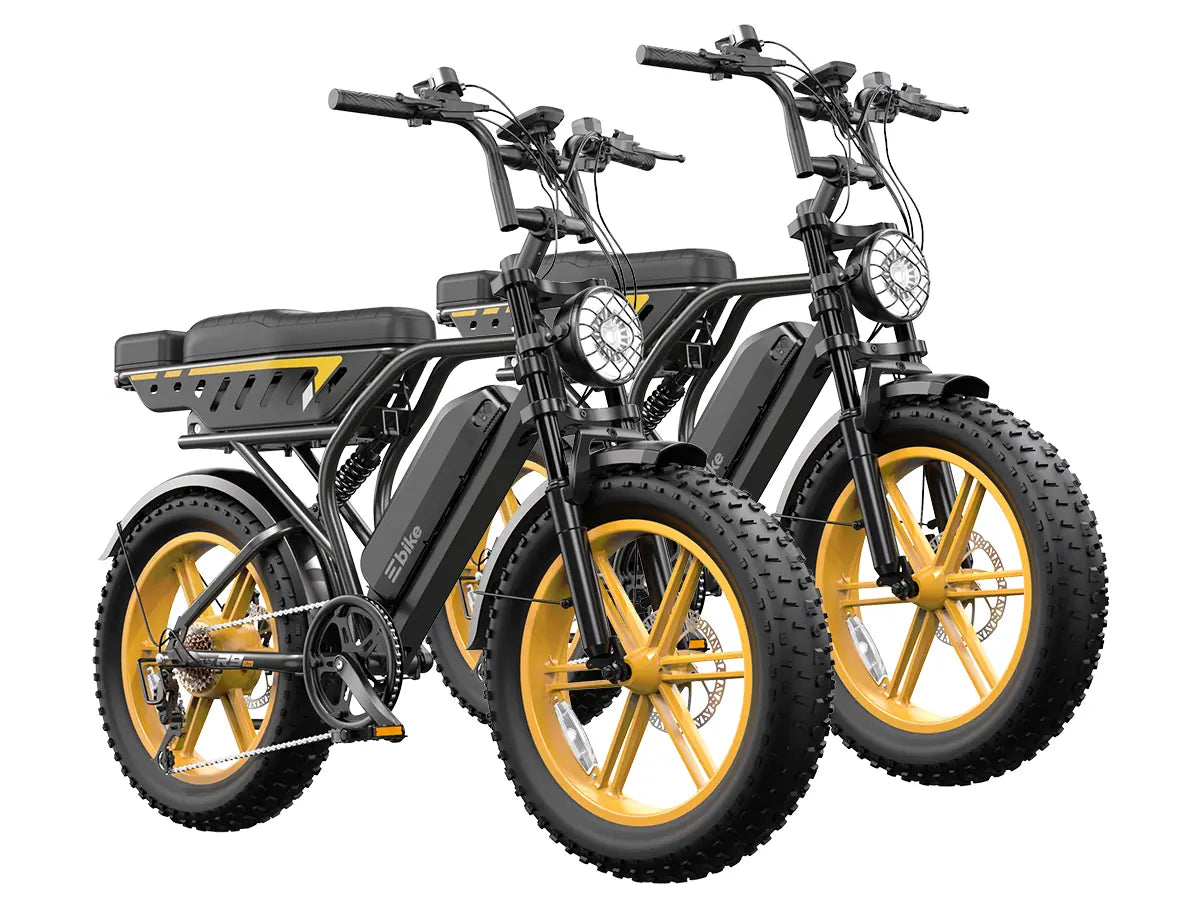
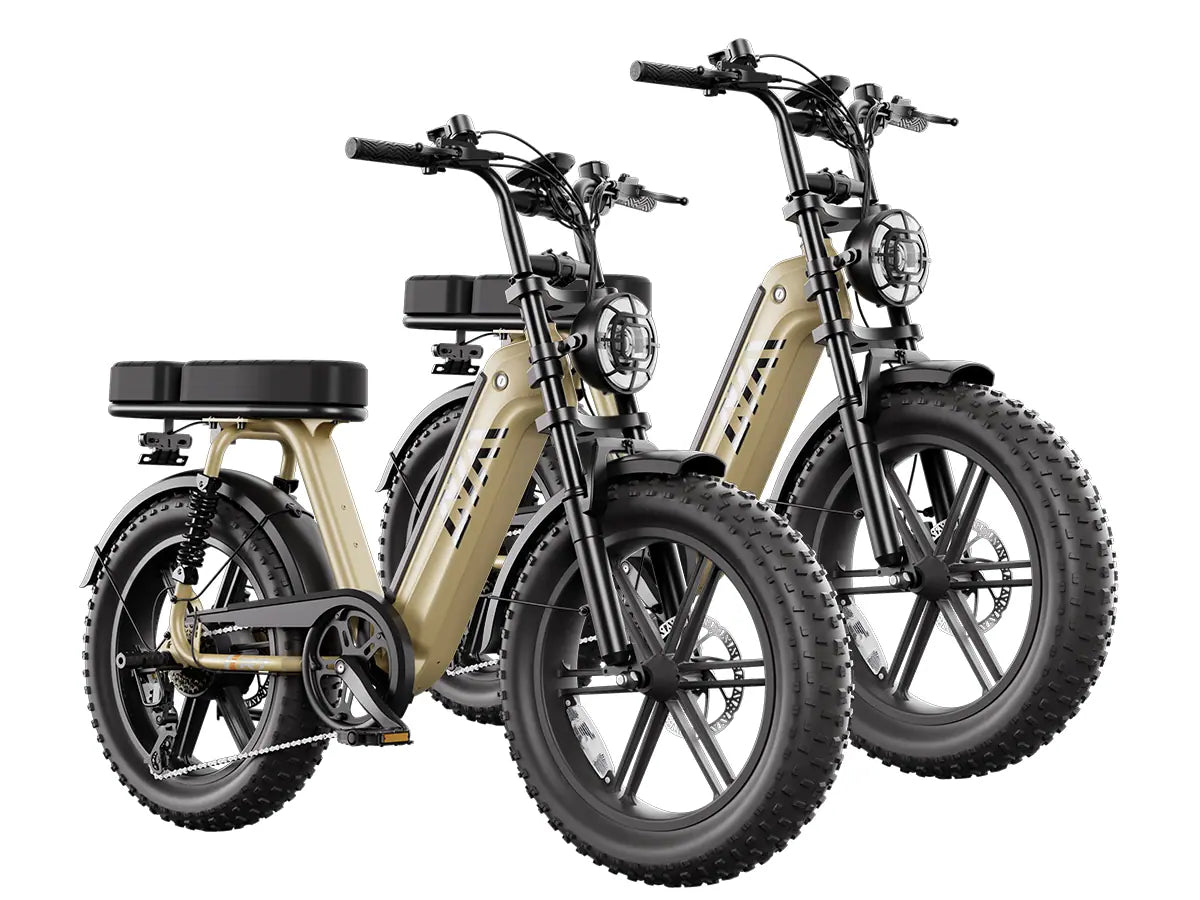






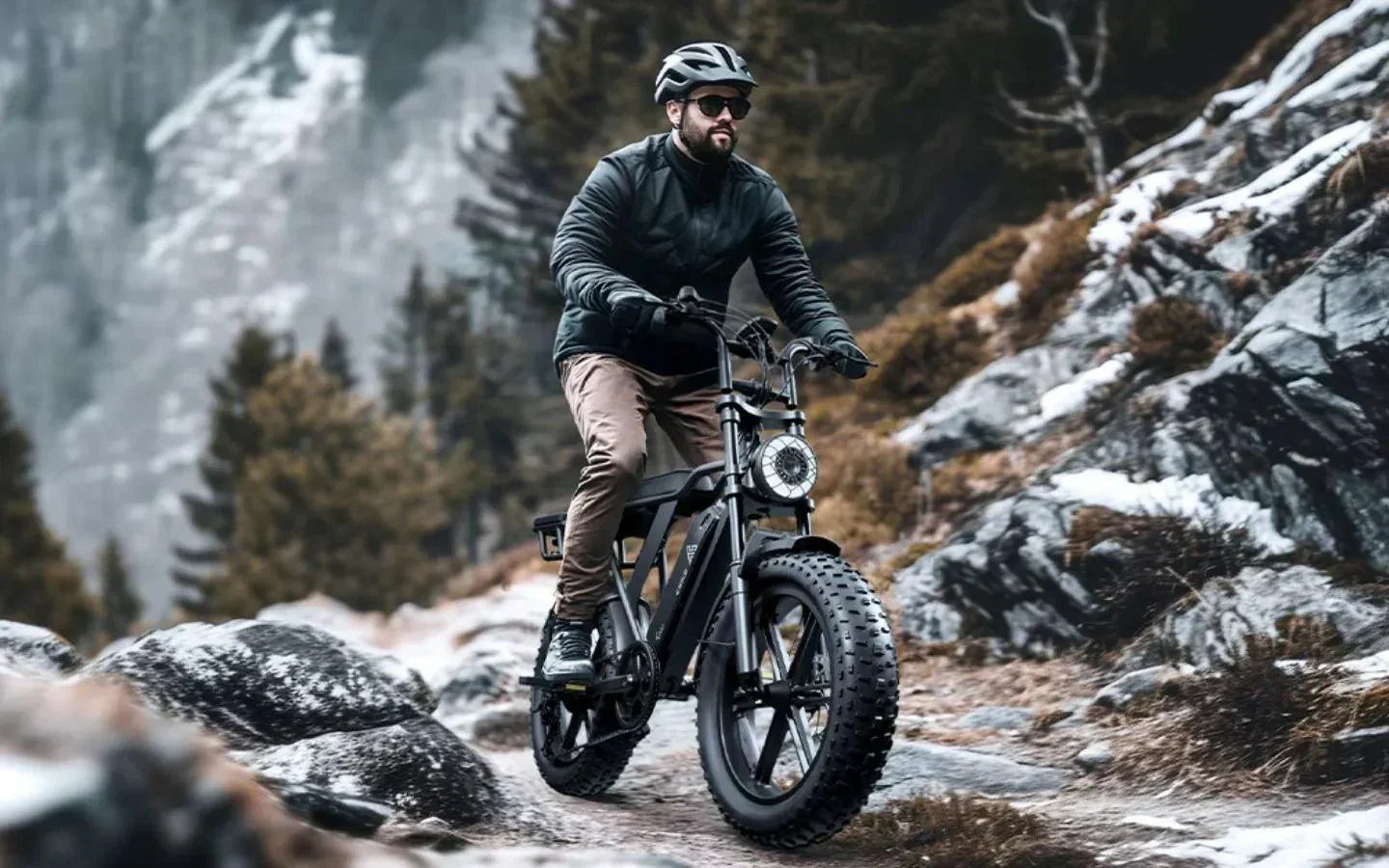
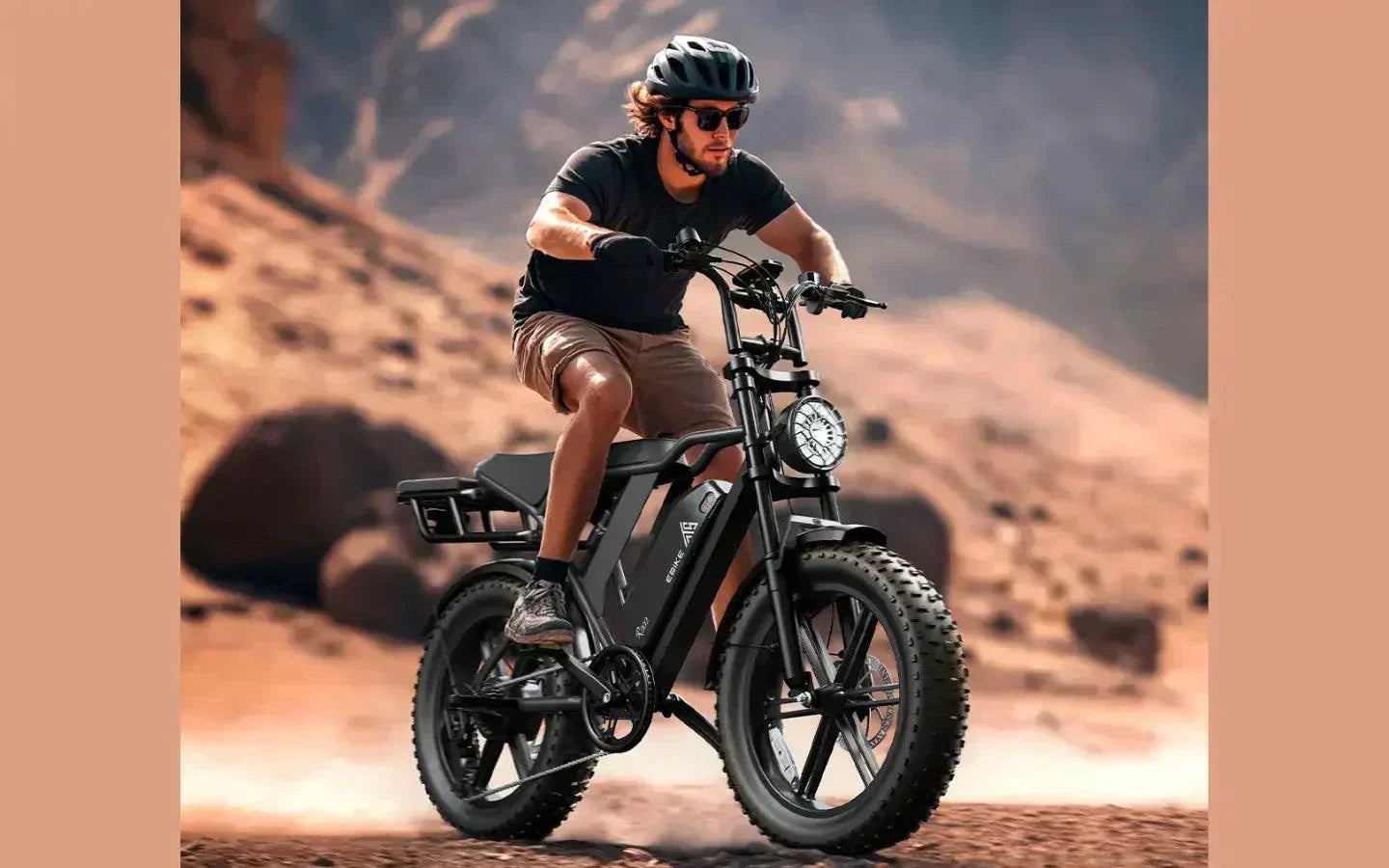
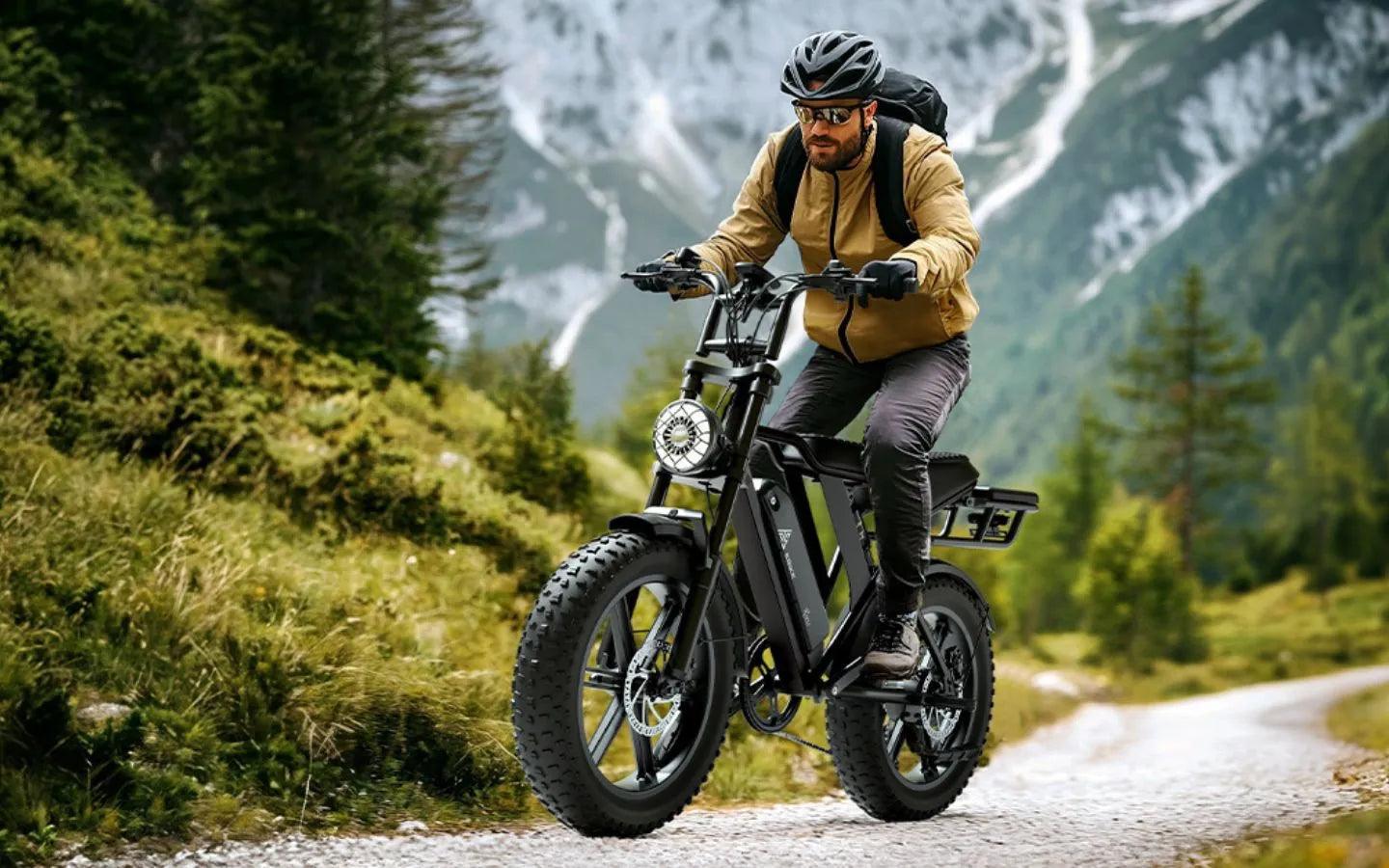
Leave a comment
All comments are moderated before being published.
This site is protected by hCaptcha and the hCaptcha Privacy Policy and Terms of Service apply.